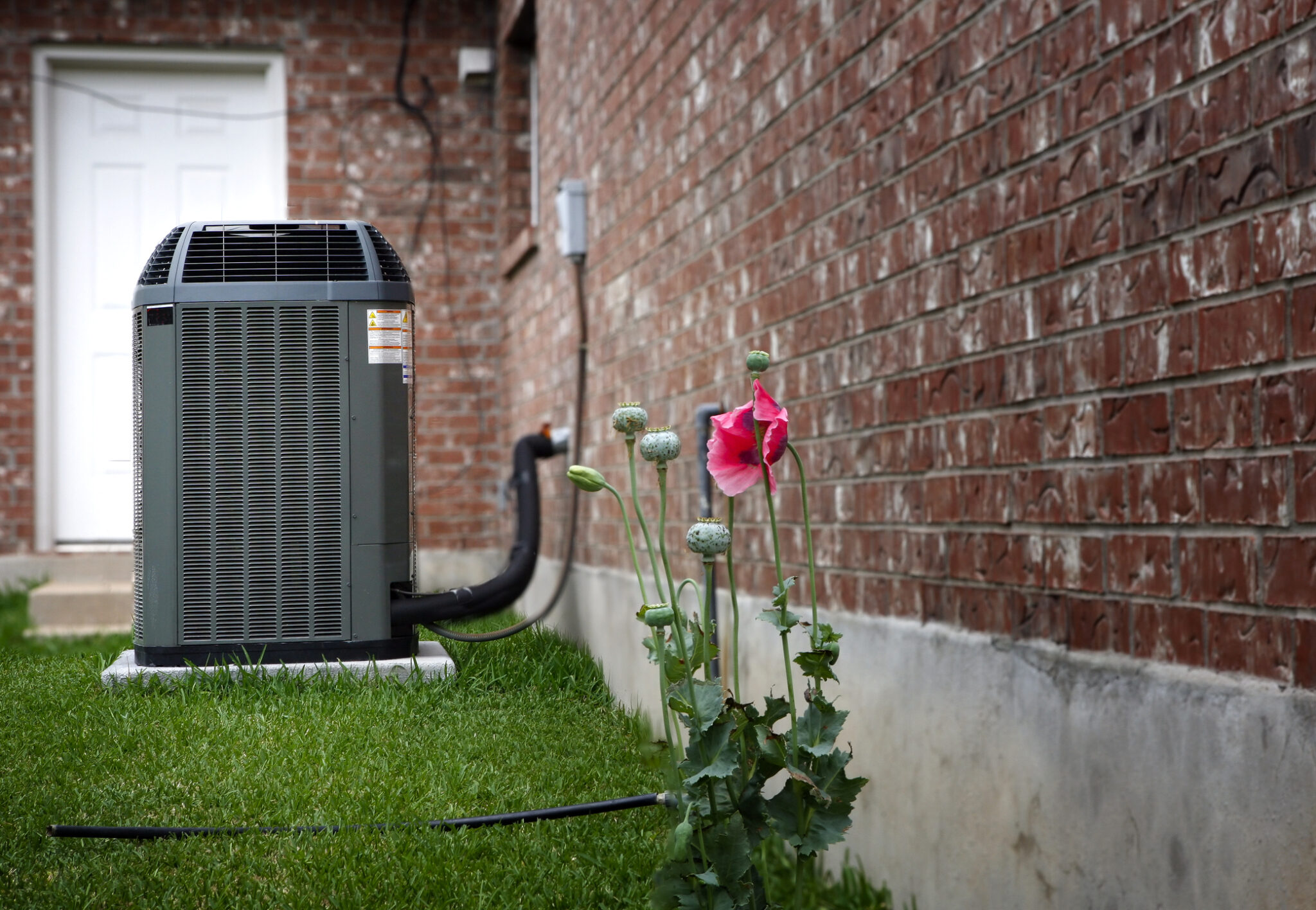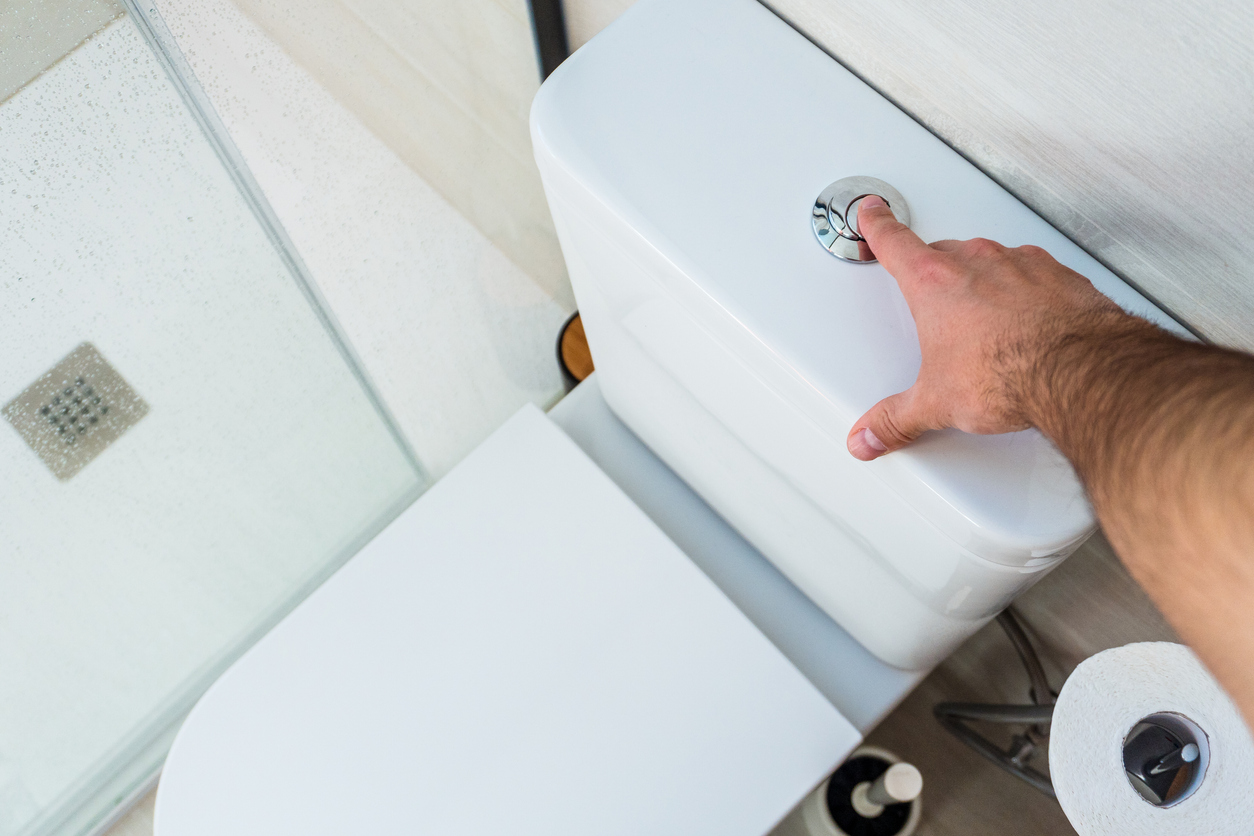What Is a P-Trap and How Does It Work?
What Is a P-Trap?
Plumbing traps, or p-traps for short, are one of the most important components in home plumbing. They are pipes made from either metal or PVC plastic that curve under the drain. Their distinctive curved appearance is usually the first thing you’ll see when you open the cabinets under the bathroom or the kitchen sink. Similar plumbing traps can also be found under other drains such as the tub or the shower.
The plumbing trap is often called a p-trap because it looks like a big letter P, especially when you consider its curve and the long extended part that reaches into the plumbing wall. It acts as a barrier between you and any harmful sewage smells that could be reintroduced to your home.
The Purpose of the P-Trap
The water from the faucet doesn’t travel straight down to the drain area. There’s a pipe that runs under the sink drain which has a U-shaped bend through it. This is where wastewater flows before it goes to the drain and it’s called a p-trap.
P-traps can be installed under bathroom and kitchen sinks. These are plumbing fixtures that serve many different purposes. These include the following:
1. Trap Debris
After they are captured by the plumbing traps, all debris is eventually washed down the drain. This prevents clogs from developing in your plumbing system.
2. Prevent Odors
P-Trap curves always retain a small volume of water. This helps trap sewer gases, stops them from entering your home, and protects you from unpleasant odors,
It’s natural for sewer gas to rise and this will likely drift up from the drain into your living area unless it gets blocked. The plumbing trap’s unique curve enables it to retain water, and this is where sewer gas gets trapped. So long as there is water in your plumbing trap, the sewer won’t emit foul-smelling odor.
3. Capture Solid Items
P-traps can trap solid objects, preventing them from heading straight into your drainage system. It is thus possible for you to retain items like your wedding ring if you accidentally dropped this into the sink. Just place a bucket underneath the trap, carefully remove the lock nuts by using a pair of water pump pliers, then slide the open trap, empty its contents into the bucket, and retrieve your lost wedding ring.
How a Plumbing Trap Works
Although they usually work in the same manner, p-traps for kitchen and bathroom sinks differ when it comes to size. A typical p-trap installation for bathroom sinks is often less than a foot in size, while that for kitchen sinks is a bit longer. Additionally, most p-traps installed in residential homes are made from either steel or PVC pipes. The latter is preferred for kitchen plumbing because it has a more appealing appearance.
A standard p-trap has a water seal in the curved portion which prevents sewer gases from backing up while allowing wastewater to flow through. Solid particles will also remain in the trap where they will eventually break up. Each time you turn on the faucet, new water enters the trap and flushes out all the remaining debris.
Common Plumbing Trap Issues
PVC, ABS, and metal are the most common types of plumbing trap pipes. Although these materials are generally durable, they remain susceptible to corrosion as they age. Additionally, when p-traps are not installed correctly, they can result in premature damage.
Below are some common problems of plumbing traps:
1. Drying
If your drain isn’t used for a few days like in the case of a guest bathroom, the water in your plumbing trap will dry out. This will allow the trapped sewer gas to escape and cause an unpleasant odor to come out from your drain. To restore the water seal, pour water down the drain for one minute.
2. Leaks
Just like other water pipes, the plumbing trap can also spring a leak. This is actually the most common problem of p-traps, and it often has to do with the pipe connections. This will cause damage to your kitchen cabinets and expose your household to sewage odors. If the leak is not fixed immediately, it can turn into a much bigger problem.
3. Smells
The water seal in your pipe should be replaced if your plumbing trap located beneath the sink is starting to leak. This can lead to methane gas and nitrogen hydrogen sulfide leaching into your indoor air and producing a foul smell. If the problem isn’t addressed right away, the gases can prove to be toxic for the entire household.
4. Clogs
Large chunks of leftover chicken, fish, and beef should not be flushed down your kitchen sink. If they go down, it will take several hours for these items to completely break up while stuck in the p-trap. Eventually, they will begin to decay or rot and you will soon notice a rotten smell swirling around the kitchen area.
P-traps can also become clogged with soap scum, hair tangles, and food waste, and these can only lead to more blockages. These are tough clogs that will not easily go away by using sink plungers. The best solution in this case is to call an experienced plumber who might take a look at your p-trap diagram to see how the clog can be removed.
Key Takeaway
P-traps are common plumbing devices with distinctive shapes and sizes, so it’s hard not to notice them each time you open your kitchen and bathroom sink cabinets. They hold important positions in your overall plumbing design because, among other things, they prevent sewer gas from rising to the drain and finding its way to the main area of your home, exposing you to various health risks.
Unfortunately, just like other home pipes, plumbing traps can suffer from damage, notably leaks, which is not surprising given their unique design. When the damage begins, you need to refer the matter to a licensed plumber in order to prevent the problem from getting worse.
Contact Absolute Electrical Heating and Air if you have issues with your plumbing traps
It’s always comforting to see your plumbing functioning well like clockwork, but this is not the case all the time. There will be periods when some mechanisms like the p-trap will suddenly stop working. When this happens, you can always reach out to Absolute Electrical Heating and Air to get the needed help.
We are the plumbing experts, and we have a team of plumbing Denver, CO, specialists that can ably take on different plumbing issues and resolve them to your satisfaction. Call us now and see the work we’ll turn in for you.
CONTACT US
Request Service


Save Every Year with an Absolute Advantage Membership
Expert Annual System Safety Inspections & More
- Priority service
- Waived dispatch fees
- Yearly furnace, A/C, & electrical system inspections
- 10% discount on repairs and additional diagnostic services
- Up to $500 off HVAC & electrical panel replacements








